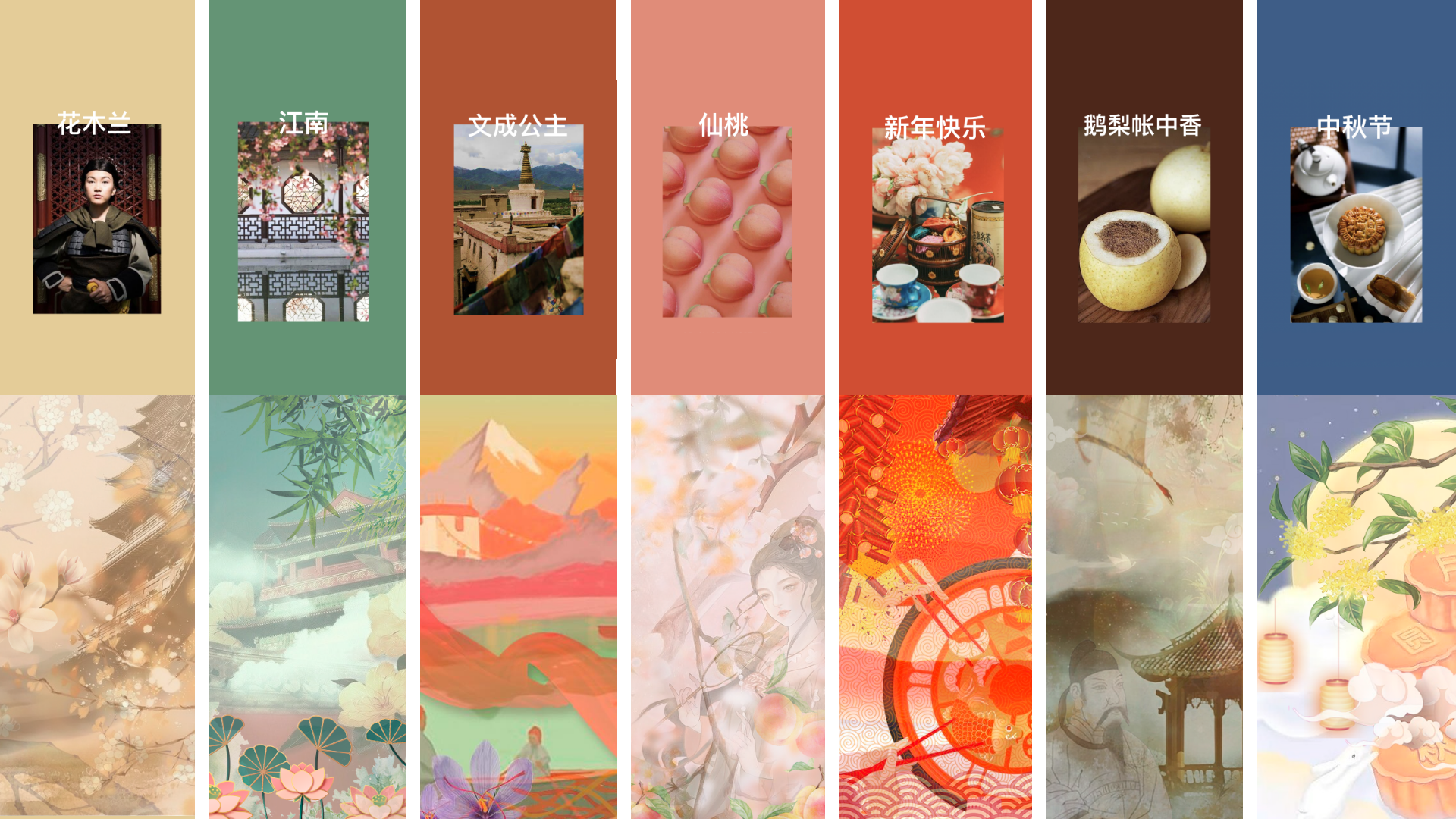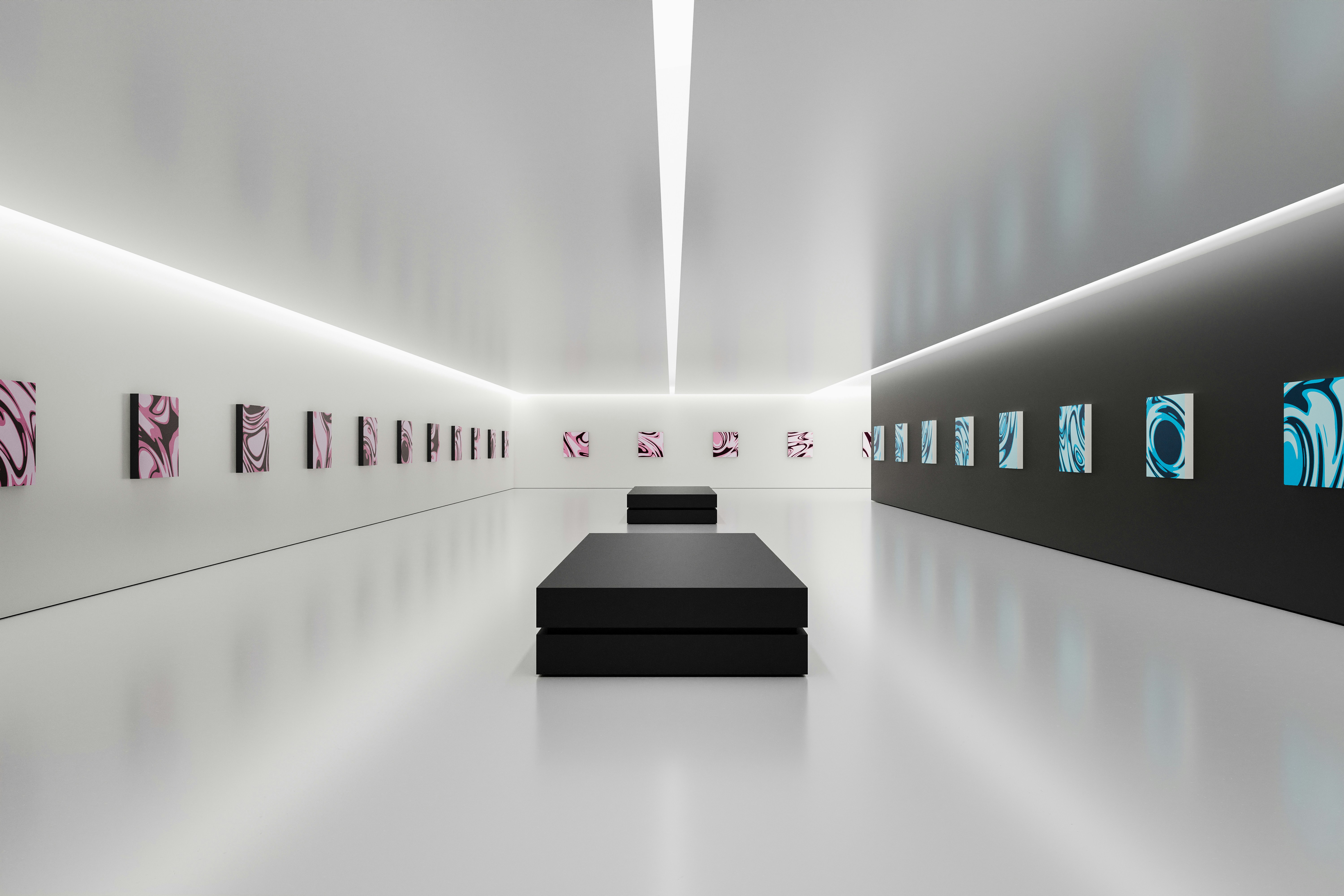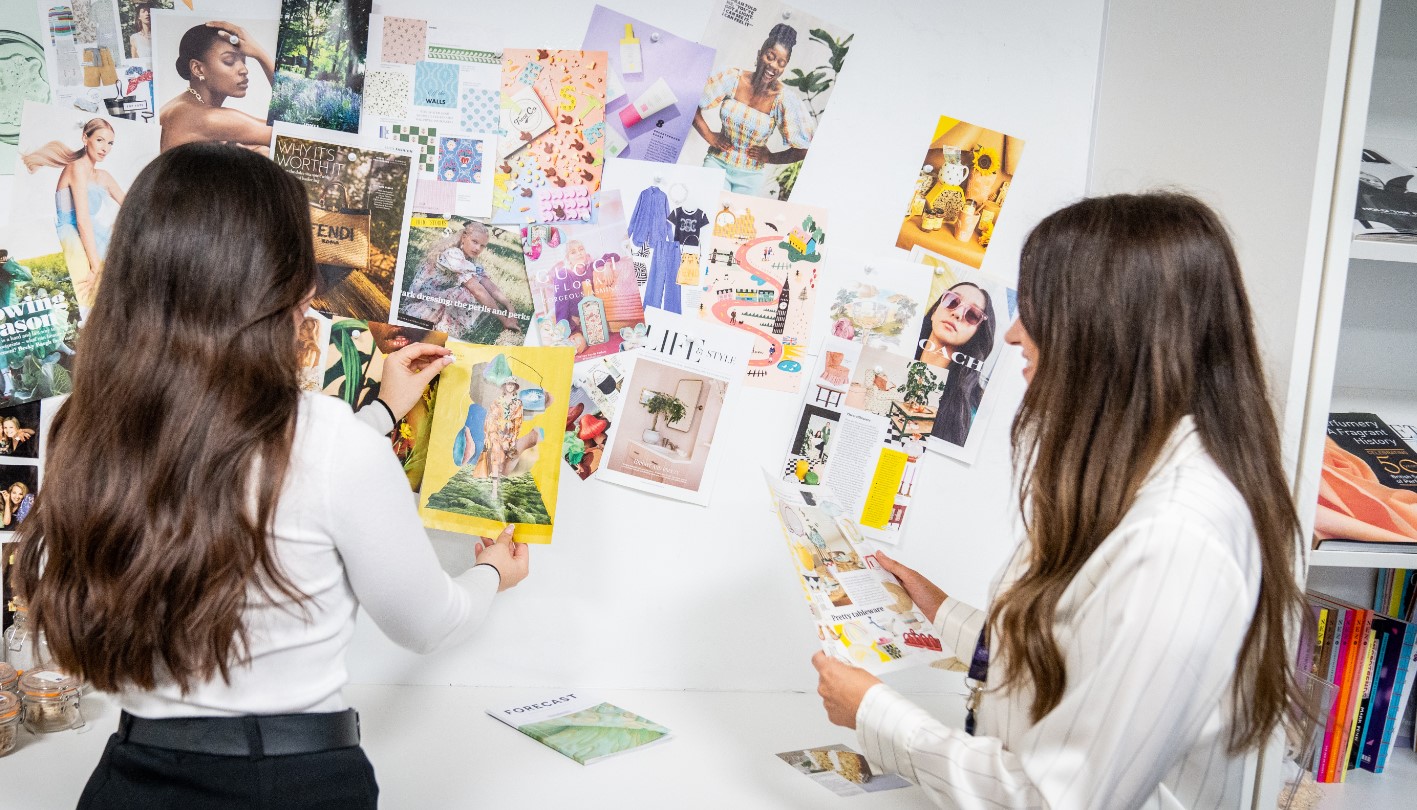Featured | 31 August 2022
Guochao, China’s national wave
In a world which is greatly influenced by Western trends, China’s consumers are increasingly seeking new ways to identify with their heritage. Translating to “national wave” or “national trend”, Guochao (国潮) refers to the rising tide of products that incorporate elements of traditional Chinese culture and style, refreshed with a modern twist.

But what has caused Guochao’s popularity, and what does this mean for brands looking to appeal to young and trendy Chinese consumers?
Recently, our Fine Fragrance team members joined Jade Yao, Marketing Manager of CPL China and Jonathan Travers-Smith, Founder of digital marketing agency Hot Pot China to discuss this enduring trend.
What is driving Guochao?
First rising to popularity in 2018 and continuing to grow in the country, the demand for Guochao products has risen dramatically as the result of a number of coalescing factors.
Young consumers in China have become increasingly nationalistic, with growing national pride creating support for local brands. As cultural confidence grows, sophisticated shoppers are looking for new ways to connect with their history and culture through their consumption.
Guochao has also seen a boom as a result of increasingly positive perceptions of the quality of Chinese-made products, as ‘Made in China’ has evolved to become ‘Created in China’ and ‘Designed in China’ thanks to the growth of the country’s designer and artisan talents.
Guochao is particularly fashionable amongst the Chinese Cultural Consumer (CCC), an emerging group of young consumers who are empowered by high discretionary incomes. Digital natives with high expectations and sophisticated tastes, CCCs approach their purchases with a high level of cultural awareness and as a result, sales of Chinese brands have grown considerably.
But it is not only Chinese brands who can incorporate elements of Guochao in their offering.
How can brands embrace Guochao in a meaningful way?
Brands are not Guochao simply because they’re Chinese, but instead because they have incorporated elements of Chinese traditional culture. Many international brands have now realised that they too can utilise elements of Guochao in their products to appeal to the enticing Chinese market.
In attempting to utilise Guochao as a foreign brand, it’s vital that regardless of the product or service being offered, there is sensitivity in the approach. In a recent presentation, Jonathan Travers-Smith shared a number of tips on the best-practice guidance for international brands who are looking to adopt elements of the trend.
Central to Jonathan’s points was the importance of empowering local artists, designers and influencers throughout when embracing Guochao, as well as the need for authenticity and a deep cultural connection to fully capture the movement’s spirit and the favour of Chinese customers.
What does Guochao mean for fragrance?
The fragrance market in China is one of massive potential. At present, only 2.5% of Chinese consumers use personal fragrances compared to 52% of US consumers, demonstrating the incredible room for growth in the country.
And interestingly, Chinese consumers are increasingly seeking out fragrances from smaller, niche brands; a trend being driven by young consumers’ desire for novelty and self-expression through their unique fragrance choice, making the market highly attractive to emerging brands.
With incredible growth potential and consumers who are looking for something original: it’s a perfect time for international fragrance brands to enter this exciting market.
How our perfumers can help you translate elements of Guochao into your fragrance
Our perfumers are passionate craftspeople, always keen to learn and ready to embrace any challenge. In their exploration of how to best encapsulate elements of Guochao through fragrance, they conducted a survey of our employees in China to discover what scents they most associated with their culture.
In doing so, they were able to more closely understand the local scented elements most likely to evoke emotions in a Chinese consumer: from tea scents, to the Four Noble Ones of Chinese art, to the ink and paper fragrances of traditional calligraphy.
Neus Lloveras, Marketing Manager Spain for CPL Aromas, said: “Through locally significant ingredients, our perfumers have created a fragrance collection of seven unique scents, available in an eau de parfum or in the regionally popular solid perfume.
“These fragrances showcase the perfumers abilities to weave together local scents with authentic and powerful cultural elements, a true tribute to Chinese sentiments captured in a modern style through fragrance.”
Ballad of Mulan (花木兰)
Created by Perfumer Lam Siu Chung, Ballad of Mulan is inspired by a tale told since the Northern Wei Dynasty (386 to 534 AD). The Ballad of Mulan tells the story of a young girl who disguises herself as a man to take the place of her ageing father in the military, demonstrating the utmost bravery.
In Chinese, Mùlán means ‘magnolia flower’, and Lam’s fragrance is a delicate genderless floral which showcases the magnolia in all its natural splendour through CPL Aromas’s AromaSpace technology.
Jiang-nan Garden (江南)
Created by Director of Perfumery UK Alexandra Kosinski, Jiang-nan Garden is a homage to the garden constructed during the Ming Dynasty (1368 to 1644 AD), one of the finest examples of a classical Chinese Garden. Brimming with plants known for their mystical and symbolic qualities.
Alexandra’s scent creation is green and carefully balanced, featuring cypress from our palette of sustainably sourced ingredients.
Mid-Autumn Festival (中秋节)
Created by Perfumer Kamila Lelakova, Mid-Autumn Festival celebrates the annual festival of the same name which is marked on the 15th day of the eighth month of the lunar calendar, inspired by the mythological hero Hou Yi. Also known as the ‘Reunion Festival’, the Mid-Autumn Festival is a time for families to be together and gaze at the full moon and blooming osmanthus flowers, enjoying a feast of fruits, mooncakes and other treats.
Through the scents of sweet mooncake and mooncake osmanthus, Kamila’s fragrance inspires feelings of togetherness and family reunion, utilising Kashmir Fusion, a luxurious blend available to CPL Aromas perfumers as one of our exclusive AromaFusion range of captive ingredients.
Happy Lunar New Year (新年快乐)
Created by Senior Perfumer Vincent Ricord, Happy Lunar New Year honours the traditional annual celebration. Legend says that to stop a mythological beast named Nian from destroying homes on New Year’s Eve, villagers would burn dry bamboo to produce an explosive firecracker sound that would scare the monster. Now, fireworks are an essential part of marking the Lunar New Year, alongside the eating of traditional foods like Nian Gao rice cakes and fruits believed to bring prosperity for the year to come.
In celebration of the New Year, Vincent’s fragrance is a rich nutty gourmand scent that features Nian Gao, cut through and contrasted by a zesty citrus facet brought to life by our Mojito AromaFusion.
Peach of Immortality (仙桃)
Created by Senior Perfumer Claudine de Vogel, Peach of Immortality evokes the Chinese association of the peento peach as a symbol of immortality. In mythology, the Heavenly Queen Mother, wife of the Jade Emperor, is said to have grown 3,600 peento trees in her garden: hosting a peach banquet every 500 years for the legendary Eight Immortals. Today, peaches remain a symbol of longevity and prosperity to many.
To honour the tale of the Peach of Immortality, Claudine has crafted a fragrance which marries the tangy true-to-life scent of ripe peaches along with our upcycled cognac and rose.
Emperor Li’s Sleeping Incense (鹅梨帐中香)
Created by Perfumer Kévin Mathys, Emperor Li’s Sleeping Incense is inspired by Emperor Li Yu (937 to 978 AD), the last ruler of the Southern Tang Dynasty. A much-admired leader said to be talented in a number of art forms including calligraphy and poetry, Emperor Li created two types of incense using pears which were said to aid with sleep.
Inspired by this, Kévin’s fragrance blends juicy pear with woody smoky tones from one of our AromaFusion range, Smoke Fusion.
Princess Wencheng (文成公主)
Created by Senior Perfumer Julie Pluchet, Princess Wencheng celebrates the Tang Dynasty, Princess of the same name who married King Songtsen Gampo of the Tibetan Empire in 641 AD. She brought music, silks, literature, and treatments for diseases to the people of Tibet, many of which contained the Himalayan Rhodiola root which is now considered to be sacred. To this day, Princess Wencheng is remembered through singing and dancing, and many people visit the Potala Palace in Lhasa to celebrate her, which has walls that are repainted each year using raw lime rock mixed with milk, sugar, honey, and saffron.
In honour of Princess Wencheng, Julie has created an evocative scent that opens with a cooling mountain breeze combined with herbal and spicy notes, featuring cardamom from our palette of sustainably sourced ingredients.
Interested in receiving samples of our Guochao fragrance collection or discussing how we could help you to create a scent that delights your Chinese customers? Contact us.


